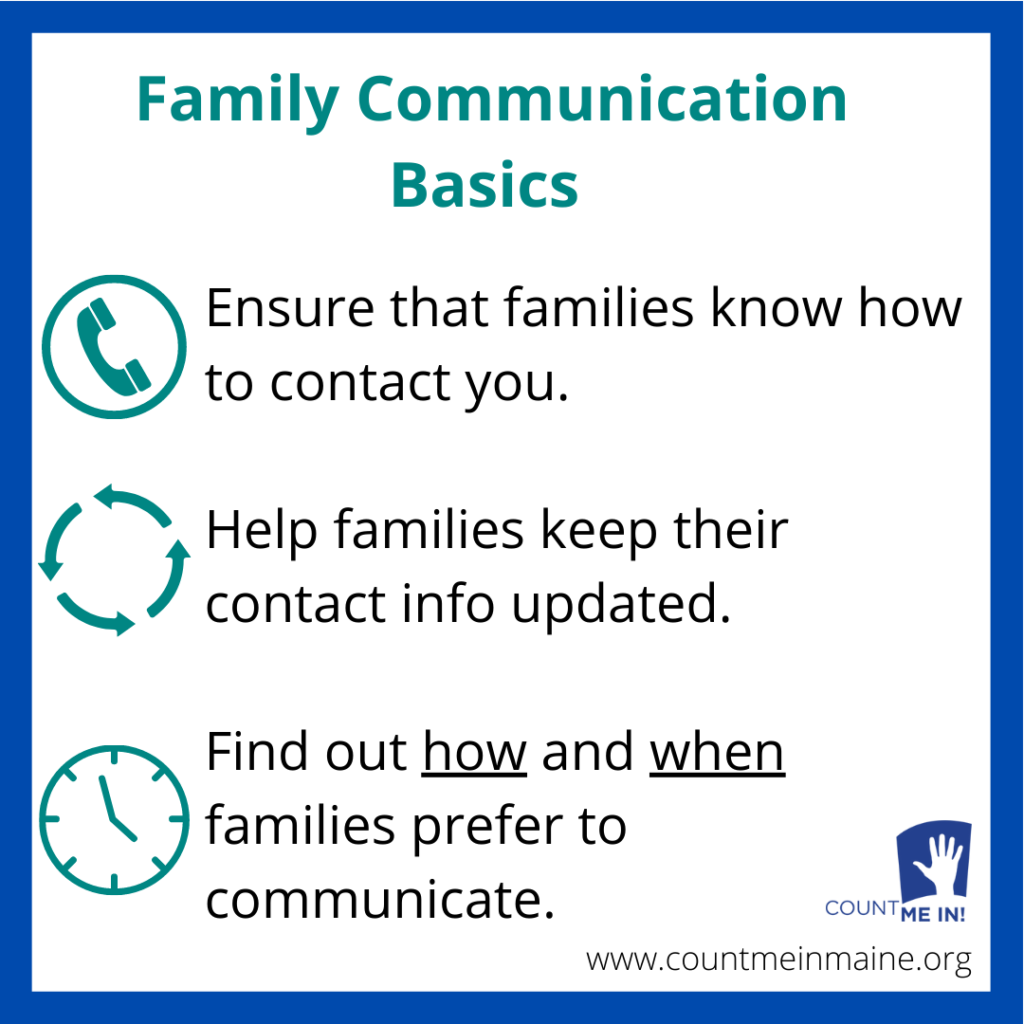Positive communication between teachers and families is essential in promoting student attendance and academic success. Recent research has demonstrated that frequent and effective communication between teachers and parents can be a key factor in improving student attendance. For example, Kim and Sheridan (2018) found that parents who reported regular and positive communication with their child’s teacher were more likely to have children with good attendance. A study by Fan and Chen (2020), conducted in China, also found that effective communication between teachers and parents was positively associated with improved attendance.

Here are three things to consider with communicating with families:
Check for readability of written communication: Make sure that your message is easily readable and understandable for all parents. Use simple language, short sentences, and avoid technical terms or jargon. If you feel stuck when trying to write clearly, try rewordify which can simplify language and provide feedback on readability (for free).
Check for cultural sensitivity: Ensure that your communication is culturally sensitive and respectful. Avoid making assumptions about cultural norms or practices, and consider the cultural background of the families you are communicating with. If you are not sure about best practices for writing about a challenging issue or potentially controversial concept, you can find resources on the Conscious Style Guide.
Use multiple methods of communication: Offer your information in multiple formats to accommodate different preferences and accessibility needs. For example, you can send a See Saw message, make a phone call, and/or send a flyer home; email a school newsletter and post to social media; or offer translation services and provide materials in alternative formats, such as audio recordings or videos. Reach My Teach is a fantastic tool for communicating with families. It was designed in Maine and works seamlessly with your school information system.
Effective communication between teachers and families is vital in promoting both attendance and positive outcomes for learners. By checking for readability, being culturally sensitive, and offering communication in multiple formats, teachers can ensure that their messages are accessible and engaging for all families.
